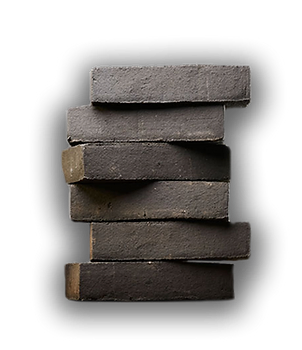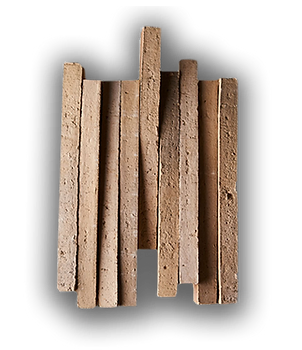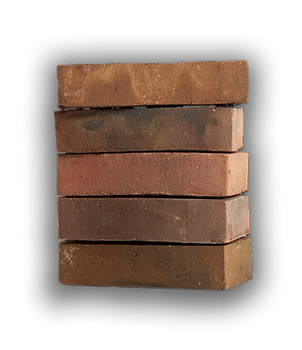Teversham Linear Bricks form part of the Ultima Linear range, offering a refined buff-toned finish that brings a calm, contemporary elegance to any project. Their elongated format emphasises strong horizontal lines, helping façades feel longer, lower, and more architectural, whether you’re designing a modern new-build, a high-end commercial scheme, or a feature wall within an interior space. The soft waterstruck surface adds subtle texture and depth, catching the light beautifully throughout the day and giving elevations a crafted, premium look.
The carefully balanced buff shades create gentle colour movement across the brickwork, delivering interest without overwhelming the overall design. Teversham Linear Bricks are engineered for durability and long-term performance, making them suitable for exposed external façades as well as internal feature areas where aesthetics are key.
Please note that brick is a natural material and variations in tone and surface may occur between batches and finished masonry. We always recommend viewing physical samples or reference projects before final specification.
Ultima Linear Range
Buff Bricks





